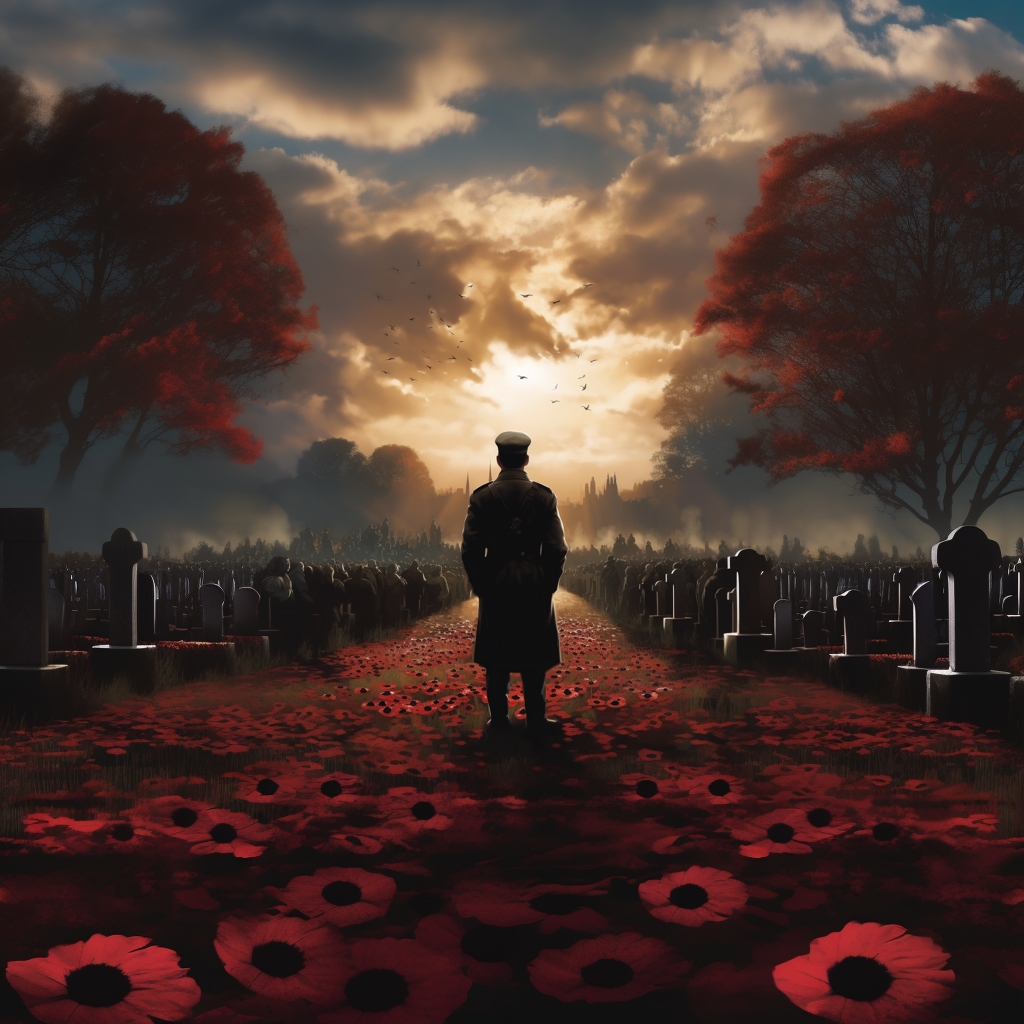
Armistice Day: A Journey of Peace and Reflection
Unraveling the layers of history to understand the significance of Armistice Day on November 11th.
Venture into the significance of Armistice Day with AI Chats. Amidst the vast expanse of historical narratives, we aim for a nuanced and reflective lens. Here’s your quick 5 guide to what’s ahead:
- The Dawn of Peace: Delve into the momentous Armistice signing of 1918 that marked the end of World War I.
- Evolution of Armistice Day: Traverse through how the day has been transformed and commemorated over the years.
- Contemporary Observances: Explore current-day ceremonies and traditions that honor the day’s historical significance.
- Reflecting on War and Peace: Uncover the profound impact of war and the undying value of peace.
- Lessons for Today: Navigate the contemporary relevance and lessons derived from Armistice Day.
With a commitment to deep understanding and reflection, join us in exploring the multifaceted aspects of Armistice Day.
On November 11, 1918, the Armistice was signed, bringing an end to the First World War. This agreement marked a pivotal moment in world history, signaling the end of four years of intense and devastating conflict.
Extensive negotiations preceded the signing of the Armistice. Key figures, including French Marshal Ferdinand Foch and German representative Matthias Erzberger, played significant roles. The agreement came into effect at the 11th hour of the 11th day of the 11th month, symbolizing a moment of peace after prolonged turmoil. Learn more.
Initially, Armistice Day was a commemoration of the end of World War I. However, following World War II and the Korean War, many nations expanded the remembrance to honor all veterans. In countries like the United States, it evolved into what is now known as Veterans Day.
While the UK and Commonwealth countries continue to observe Remembrance Day, other nations have developed their own traditions. In France and Belgium, Armistice Day remains a solemn day of remembrance, while in the USA, Veterans Day celebrates the service of all U.S. military veterans. Learn more.
Today, Armistice Day is marked by various ceremonies, including moments of silence, laying of wreaths, and military parades. These observances serve as a reminder of the sacrifices made for peace and the importance of working towards a conflict-free future.
In many countries, a two-minute silence is observed at 11 a.m. to honor those who lost their lives in wars. The red poppy has become an international symbol of remembrance, inspired by the poem “In Flanders Fields” by John McCrae. Learn more.
Armistice Day isn’t just a historical commemoration; it’s a day to reflect on the impact of war and the value of peace. It reminds us of the need for reconciliation, understanding, and the pursuit of a peaceful world.
The lessons of Armistice Day continue to resonate, emphasizing the cost of war and the importance of diplomatic efforts in resolving conflicts. It’s a day to commit to peace and to remember the lasting impact of war on individuals and societies. Learn more.
Through our exploration of Armistice Day, we’ve journeyed from the pivotal moments of 1918 to the ongoing global observances that remind us of peace’s preciousness. This retrospective aims to deepen understanding and commemorate those who’ve sacrificed for peace. As we honor these memories, we look forward to a more harmonious future.
Call to Action: Join us tomorrow at AI Chats for our Remembrance Day post, which will continue this narrative with minimal overlap, offering fresh perspectives. Share your thoughts below on Armistice Day and its impact on our world today. Your insights contribute to a broader dialogue, nurturing the seeds of peace and remembrance.